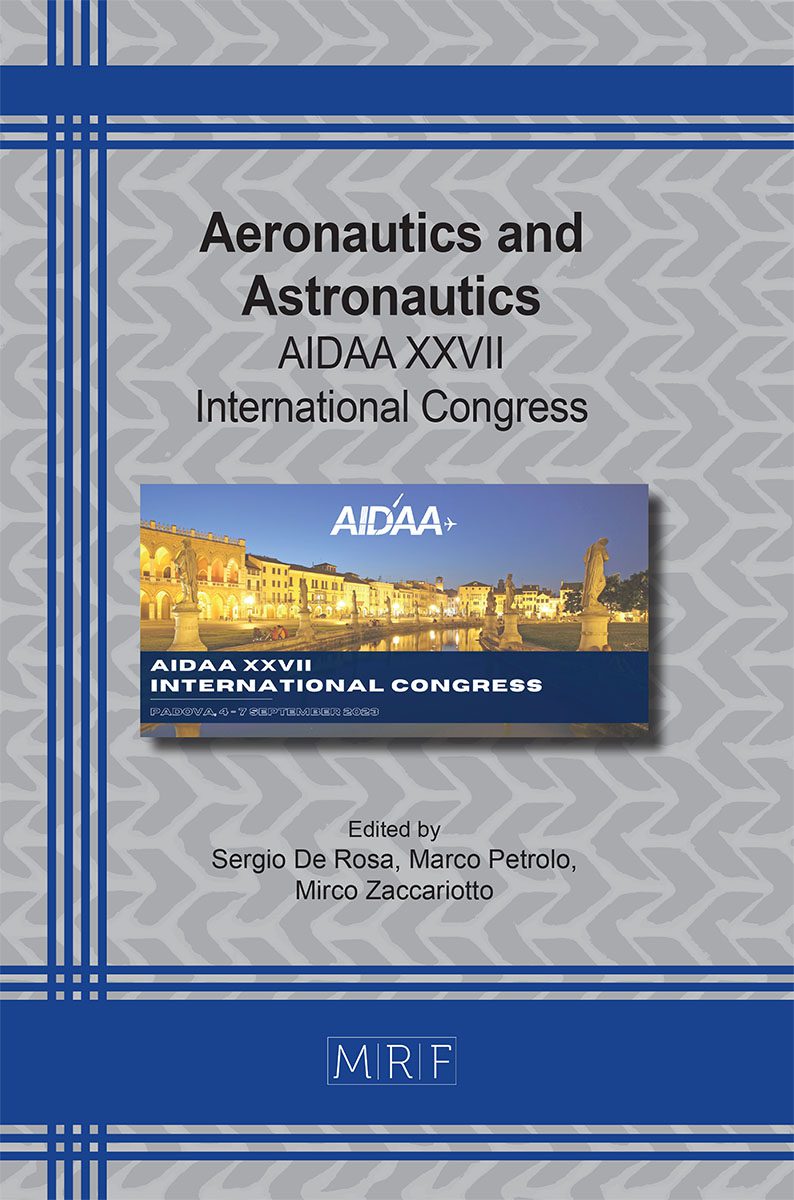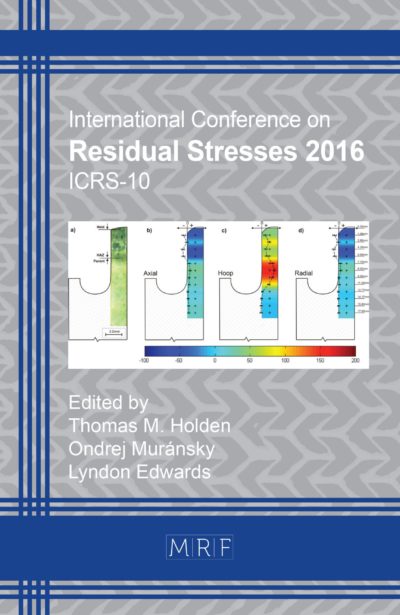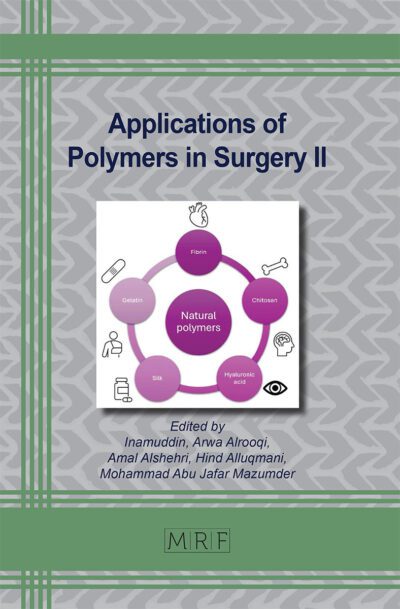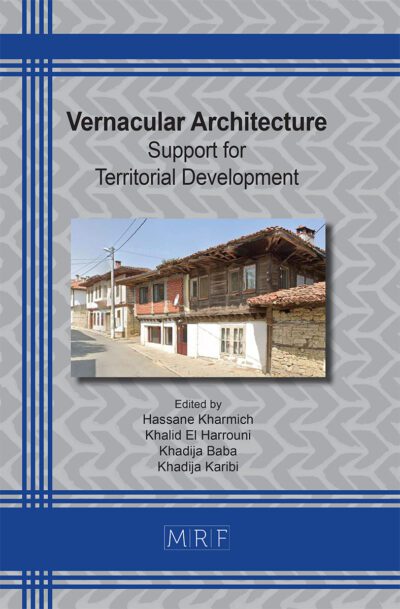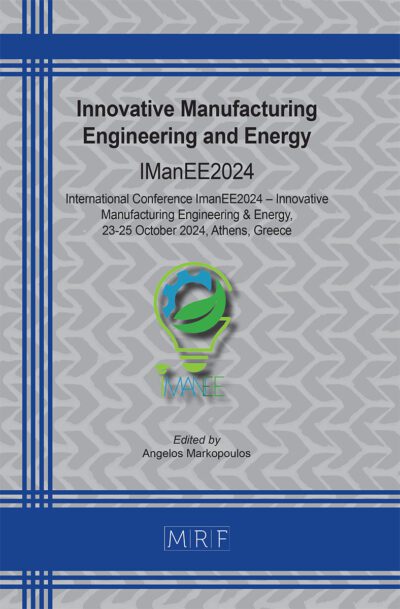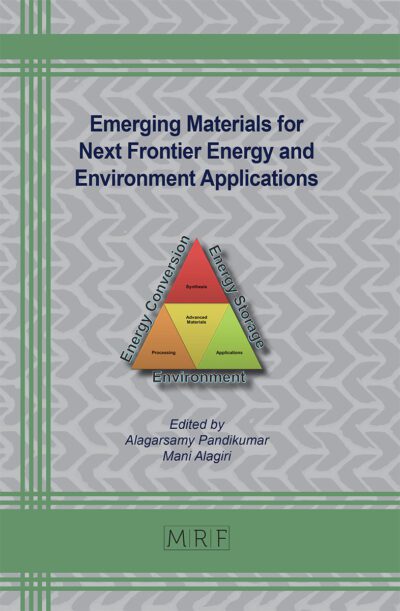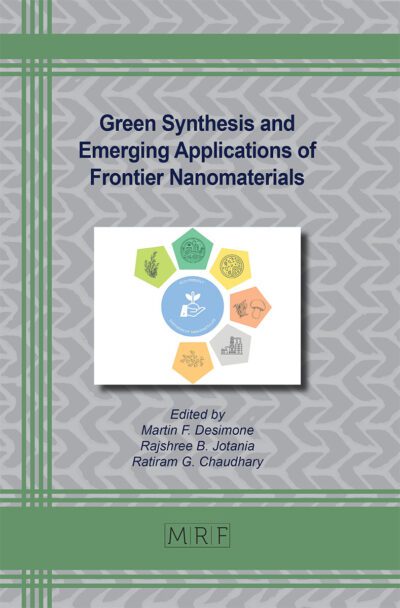A revisited and general Kane’s formulation applied to very flexible multibody spacecraft
D.P. Madonna, P. Gasbarri, M. Pontani, F. Gennari, L. Scialanga, A. Marchetti
download PDFAbstract. Current space missions require predicting the spacecraft dynamics with considerable reliability. Among the various components of a spacecraft, subsystems like payload, structures, and power depend heavily on the dynamic behavior of the satellite during its operational life. Therefore, to ensure that the results obtained through numerical simulations correspond to the actual behavior, an accurate dynamical model must be developed. In this context, an implementation of Kane’s method is presented to derive the dynamical equations of a spacecraft composed of both rigid and flexible bodies connected via joints in tree topology. Starting from the kinematics of two generic interconnected bodies, a systematic approach is derived and the recursive structure of the equations is investigated. The Kane’s formulation allows a relatively simple derivation of the equation of motion while obtaining the minimum set of differential equations, which implies lower computational time. On the other hand, this formulation excludes reaction forces and torques from the dynamical equations. Nevertheless, in this work a strategy to compute them a posteriori without further numerical integrations is presented. Flexibility is introduced through the standard modal decomposition technique, so that modal shapes obtained by FEA software can be directly utilized to characterize the elastic motion of the flexible bodies. A spacecraft composed of a rigid bus and several flexible appendages is modeled and numerical simulations point out that this systematic method is very effective for this illustrative example.
Keywords
Multibody Spacecraft Dynamics, Kane’s Method, Flexible Spacecraft
Published online 11/1/2023, 8 pages
Copyright © 2023 by the author(s)
Published under license by Materials Research Forum LLC., Millersville PA, USA
Citation: D.P. Madonna, P. Gasbarri, M. Pontani, F. Gennari, L. Scialanga, A. Marchetti, A revisited and general Kane’s formulation applied to very flexible multibody spacecraft, Materials Research Proceedings, Vol. 37, pp 487-494, 2023
DOI: https://doi.org/10.21741/9781644902813-107
The article was published as article 107 of the book Aeronautics and Astronautics
![]() Content from this work may be used under the terms of the Creative Commons Attribution 3.0 license. Any further distribution of this work must maintain attribution to the author(s) and the title of the work, journal citation and DOI.
Content from this work may be used under the terms of the Creative Commons Attribution 3.0 license. Any further distribution of this work must maintain attribution to the author(s) and the title of the work, journal citation and DOI.
References
[1] A. Pisculli, L. Felicetti, M. Sabatini, P. Gasbarri and G. B. Palmerini, “A Hybrid Formulation for Modelling Multibody Spacecraft”, Aerotecnica Missili & Spazio, no. 94, pp. 91-101, 2015. https://doi.org/10.1007/BF03404692
[2] E. T. Stoneking, “Implementation of Kane’s Method for a Spacecraft”, in AIAA Guidance, Navigation, and Control (GNC) Conference, Boston, 2013. https://doi.org/10.2514/6.2013-4649
[3] P. C. Hughes, “Spacecraft Attitude Dynamics”, Wiley, 1986. https://doi.org/10.1017/S0001924000015578
[4] S. S. Rao, “Vibration of Continuous Systems”, Wiley, 2007. https://doi.org/10.1002/9780470117866
[5] C. M. Roithmayr and D. H. Hodges , “Dynamics: Theory and Application of Kane’s Method”, Cambridge, 2016. https://doi.org/10.1115/1.4034731
[6] P. Santini and P. Gasbarri, “Dynamics of multibody systems in space environment; Lagrangian vs. Eulerian approach”. Acta Astronautica, vol. 54, no. 1, pp. 1-24, 2004. https://doi.org/10.1016/S0094-5765(02)00277-1
[7] “Explorer 1 – Overview”, NASA JPL, [Online]. Available: https://explorer1.jpl.nasa.gov/about/.

